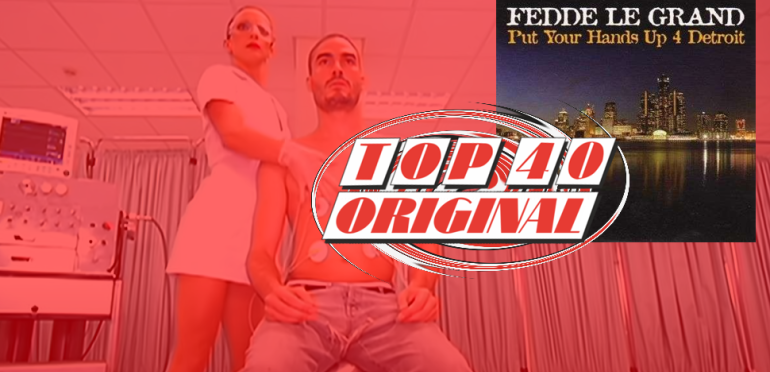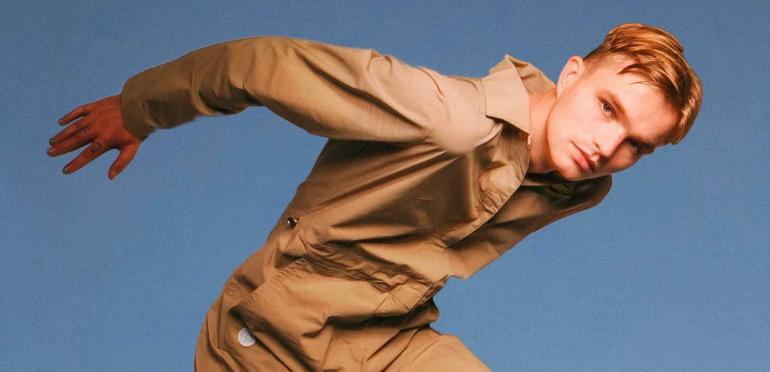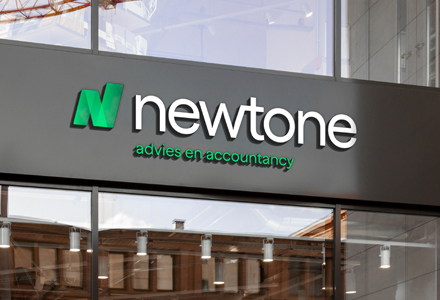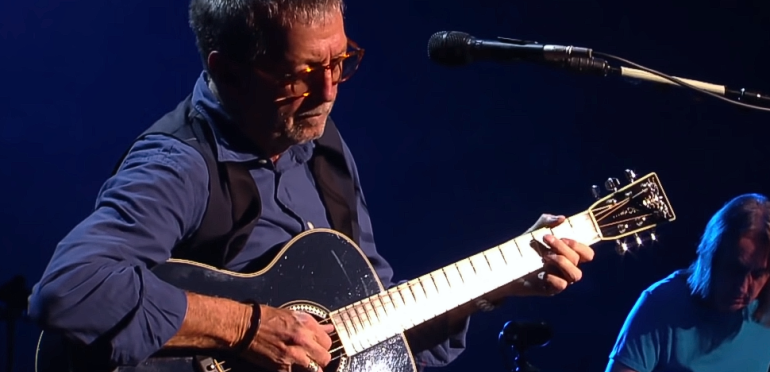On Sunday, President Putin ordered “strategic deterrence forces,” which also include nuclear weapons, to be brought into a state of high alert. Russia is embroiled in a war that is unfolding more slowly than analysts expected. And isn’t someone who invaded Kiev capable of anything? Eight questions about nuclear weapons.
1 What exactly does Putin mean by his duties?
Russia has four steps in the preparedness of its armed forces, increasing from 4 to 1. Russia’s defense minister said on Monday that he had translated Putin’s order into one step, from level 4 to level 3. That means, explained Clingendael researcher Danny Pronk explaining that the structure Command from the political-military top to command units is activated and command posts are guarded 24 hours a day. Deterrence forces include nuclear weapons that are on land, in submarines or that can be hung under aircraft.
2 What does Putin mean by this action?
Putin’s actions are primarily seen as a form of strategic communication. Pronk: “Putin wants to send a signal to the West, to NATO: watch out, you’re making it very difficult for me now, don’t go any further than this.” Therefore, nuclear weapons are mainly used as psychological pressure. “The fact that we’re talking about it right now actually demonstrates the usefulness of the measure,” says Pronk.
3 What is the United States’ response?
US demonstrates readiness of its armed forces in five steps state of defense readiness, better known as DEFCON. In addition, DEFCON-1 signaled the start of nuclear war. Washington has not upgraded DEFCON status. This prevented an escalation and -Washington made it clear that they saw Putin’s actions as a signal.
4 Shouldn’t the West be on par with Russia?
No need to follow escalation. The United States, Britain and France continue to patrol submarines equipped with nuclear weapons.
“There is always the possibility to strike back with a crush,” Pronk said. “Even if Putin is crazy enough to attack on a large scale, the Russian Federation could still be retaken in a devastating way.” On board such a submarine are twenty ballistic missiles, each equipped with several heavy warheads.
5 How many nuclear weapons does Russia have?
The armament consists of 4,477 warheads, 1,588 of which are mounted on missiles or stored at air bases. Another 2,898 warheads are kept in stock. Russia is also investing in the development of new weapons.
6 Are there nuclear weapons near Ukraine?
Shortly before the attack, it became known that Russia had deployed missiles that could also be used to mount nuclear warheads near the Ukrainian border. The warheads themselves and the units that can handle them were not seen in the border area until last week, he said Bulletin of Atomic Scientists on February 23.
7 Can Russia use nuclear weapons without risking escalation?
After Russia’s invasion of Crimea and Putin’s statement that he was also considering the use of nuclear weapons, US Generals Care about Russia’s small nuclear weapons and the idea that you can use small arms without triggering an escalation. The idea is called “escalation-to-de-escalation,” E2D. You can also see small American nuclear bombs stored in the Netherlands this way, says Pronk. However, he warned: “Nuclear weapons are nuclear weapons. Once you cross that border, even with small arms, you open the door to further escalation. Then where does it stop? So it’s really not an option.” Earlier this year, the nuclear powers at the UN Security Council declared that nuclear war could never be won. Russia also signed the statement.
8 Who is really responsible for nuclear weapons in the Netherlands?
At Volkel Air Force Base, US soldiers stock nuclear weapons that can be strung under Dutch or Belgian F16 fighters. Its deployment is decided by NATO’s highest political body, the North Atlantic Council, on which all member states are represented.

“Falls down a lot. General tv buff. Incurable zombie fan. Subtly charming problem solver. Amateur explorer.”

/s3/static.nrc.nl/images/gn4/stripped/data82735436-25bda6.jpg)





